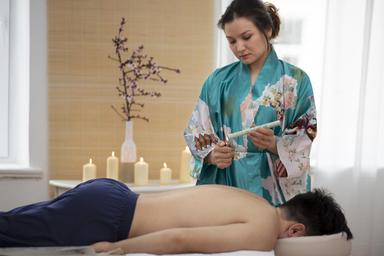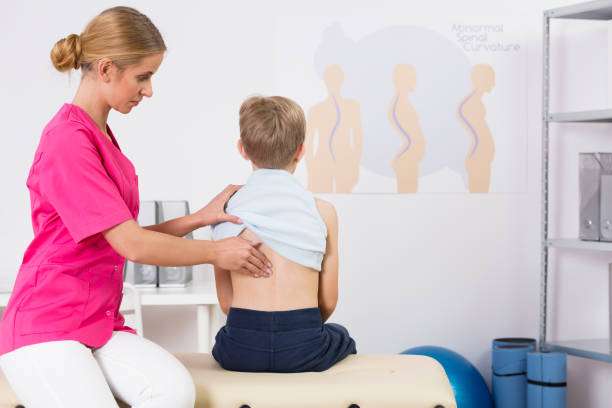
How to Recognize the Symptoms of Scoliosis?
21 Apr, 2024
 Healthtrip
HealthtripScoliosis, a condition where the spine curves sideways, is most often spotted during adolescence. Understanding scoliosis symptoms is crucial, as they often appear subtly but can lead to more severe complications including back pain, breathing difficulties, and issues related to appearance if the condition is severe. It's estimated that scoliosis impacts 2-3% of the population, translating to six to nine million people in the United States, signaling the importance of recognizing symptoms early for effective management.
In this guide, we delve into identifying symptoms of scoliosis, highlighting the significance of early detection and when it's essential to seek medical advice. With more than 600,000 visits to physicians yearly for scoliosis in the U.S. alone, understanding and recognizing the signs can lead you to take timely action, ensuring a better quality of life for those affected. This comprehensive approach will not only cover recognizing the physical symptoms but also explore the psychological and emotional impacts, ensuring a holistic view of managing scoliosis.
Most popular procedures in India
Understanding Scoliosis – Exploring Different Types
Scoliosis, a complex spinal condition, manifests in various forms, primarily classified by etiology into idiopathic, congenital, or neuromuscular types. Here’s a straightforward breakdown:
Wellness Treatments
Give yourself the time to relax
Lowest Prices Guaranteed!

Lowest Prices Guaranteed!
Idiopathic Scoliosis: Constituting about 80% of cases, this type remains widely prevalent. It typically develops during adolescence, especially between ages 10-15, and is more likely to require treatment in females, who are eight times more prone to severe curvature progressions.
Congenital Scoliosis: This form arises from a malformation of one or more vertebrae during embryonic development. It can occur anywhere along the spine and is present from birth.
Neuromuscular Scoliosis: This category includes scoliosis caused by neurological or muscular diseases, such as cerebral palsy or muscular dystrophy. It differs as it is secondary to another medical condition affecting neuromuscular control.
Understanding the onset and progression is crucial for managing this condition effectively. Most scoliosis cases are mild; however, as children grow, some curves may worsen, necessitating close monitoring. Severe scoliosis can significantly impact lung function and overall mobility, highlighting the importance of early detection and appropriate treatment strategies.
Recognizing ScoliosisSymptoms
Recognizing the symptoms of scoliosis is crucial for early intervention and effective management. Here are some key signs that you should be aware of:
Uneven Shoulders and Waist: One of the most noticeable signs of scoliosis is when one shoulder appears higher than the other or when the waist appears uneven. This asymmetry can also manifest with one hip being higher than the other.
Prominent Shoulder Blade and Rib Cage: In some cases, one shoulder blade may stick out more than the other. When bending forward, you might notice a rib cage jutting out more prominently on one side, often referred to as a rib hump.
Visible Curvature and Physical Discomfort: A visibly curved spine or leaning to one side is a strong indicator of scoliosis. This can lead to discomfort, with symptoms such as back pain, stiffness, and in severe cases, difficulties in breathing and fatigue due to the spine pressing against the lungs and heart.
It's important to monitor these signs, especially in adolescents, as scoliosis can progress rapidly during growth spurts. If you notice any of these symptoms, consulting a healthcare professional for a detailed examination and appropriate management plan is advisable.
When to Seek Medical Advice
If you or your child exhibit any signs of scoliosis, it is crucial to consult a healthcare provider promptly. Here are specific situations when seeking medical advice becomes essential:
Noticeable Signs in Children: If you observe any signs of scoliosis in your child, such as uneven shoulders, a prominent rib cage, or an asymmetrical waist, it is advisable to see a doctor immediately. Early detection is key to managing the condition effectively.
General Practitioner Consultation: Whether it's you or your child displaying potential symptoms of scoliosis, the first step is to visit a general practitioner (GP). The GP can perform a preliminary assessment and determine if further specialist evaluation is necessary.
Referral to a Specialist: If the GP suspects scoliosis, a referral to a specialist who deals with spinal disorders is the next step. Specialists have the tools and expertise to offer a more detailed diagnosis and to propose a management plan.
For adults, the indicators to seek medical advice can include persistent back pain, visible deformities in the back, loss of height, or respiratory difficulties. These symptoms can signify progressing scoliosis, which requires professional intervention to prevent further complications. Always prioritize a medical evaluation when these symptoms are present to ensure timely and effective treatment.
Monitoring and Managing Scoliosis - A Few Effective Strategies
Monitoring and managing scoliosis effectively involves a combination of regular medical assessments, use of technological aids, and appropriate interventions based on the severity of the condition. Here’s a detailed look at the various methods employed:
Technological Aids in Scoliosis Management
With advancements in technology, managing scoliosis has become more efficient. Applications and web-based tools play a crucial role in the diagnosis, screening, and continuous monitoring of scoliosis. There are six apps specifically evaluated for scoliosis management, focusing on aspects such as availability, technology used, measurement accuracy, functionalities offered, and user-friendliness. These apps help in posture monitoring, providing medical user interfaces for healthcare providers, and offering exercise monitoring and additional patient information, which are essential for both patients and healthcare providers to track progress and make informed decisions.
Traditional and Surgical Interventions
Depending on the progression and severity of scoliosis, different treatment strategies are recommended. For mild to moderate scoliosis, especially in children whose bones are still growing, bracing is often advised to prevent further curvature of the spine. The braces used are low-profile, made from plastic, and designed to conform to the body, making them less intrusive yet effective. In more severe cases, surgical options such as spinal fusion or vertebral body tethering might be necessary. Spinal fusion involves connecting two or more spine bones to prevent movement, while vertebral body tethering uses screws and a flexible cord to correct the curve.
The Role of Exercise and Community Support
General physical activity, including sports, can significantly benefit individuals with scoliosis by improving overall health and well-being. While alternative treatments like chiropractic manipulations or electrical stimulation have not shown efficacy in correcting scoliosis, the psychological and emotional support from a strong peer group is invaluable. This support is particularly crucial for young patients undergoing bracing or surgery, helping them accept and adapt to their treatments and condition.
Conclusion
Through this comprehensive guide, we have tried to help you understand scoliosis symptoms better, and also shared multifaceted approaches to managing this condition. We’ve navigated the nuances of early detection, the importance of professional medical advice, and the integration of technology and community support in treatment plans. We hope, the insights provided empower you and your families to tackle this condition head-on. This exploration underscores the criticality of recognizing symptoms early on and taking decisive action towards management and treatment, facilitating a better quality of life for those impacted.
The discussion around scoliosis, from recognizing the early signs to understanding the psychological and emotional impacts, highlights the crucial role of a supportive community and the advancements in medical technology. As we look to the future, it is with the hope that further research and innovation will continue to improve the lives of those dealing with scoliosis. Understanding the condition thoroughly ensures that individuals are not defined by their diagnosis but are empowered to lead full, active lives despite it.
Also, we encourage you to explore HealthTrip.com. Their extensive resources will provide you with invaluable insights into scoliosis symptoms, and their implications, as well as treatment options. Whether you're seeking clarity on specific symptoms or seeking support, HealthTrip.com is your trusted ally in managing scoliosis effectively.
Related Blogs
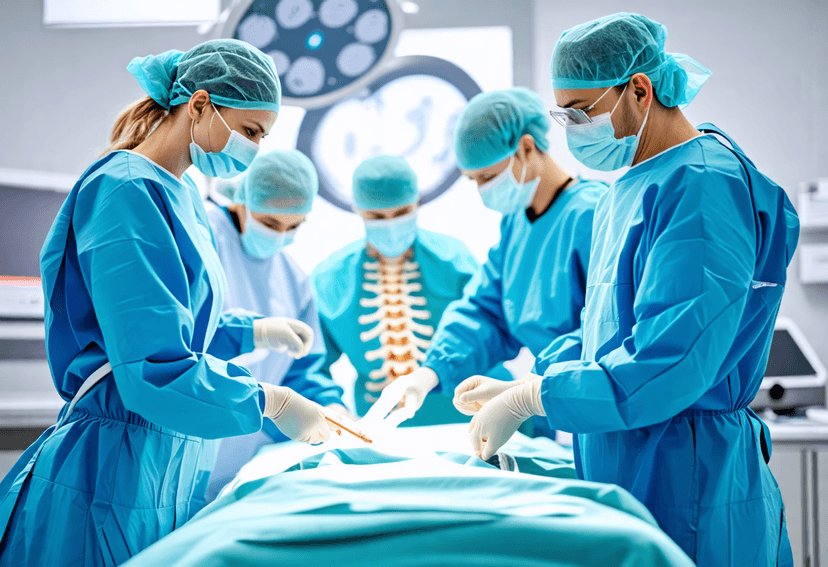
Scoliosis and Spine Surgery: What You Need to Know
Understand the relationship between scoliosis and spine surgery.

Scoliosis Surgery Recovery: Exploring 5 Key Aspects
Embarking on the journey of scoliosis surgery recovery can be
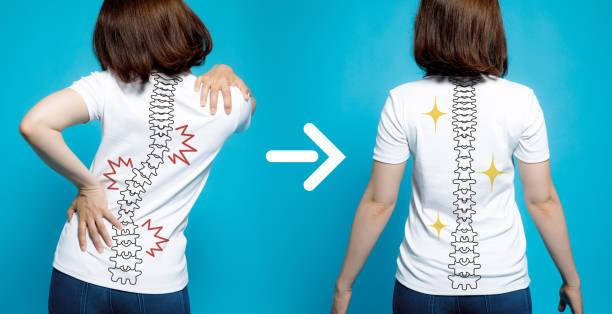
Scoliosis Treatment without Surgery – 4 Options That Really Work
Scoliosis, an abnormal curvature of the spine, is not age-restricted

Spinal Cord Deformities: Surgery and Solutions
Spinal cord deformity refers to abnormal curvatures or misalignments of
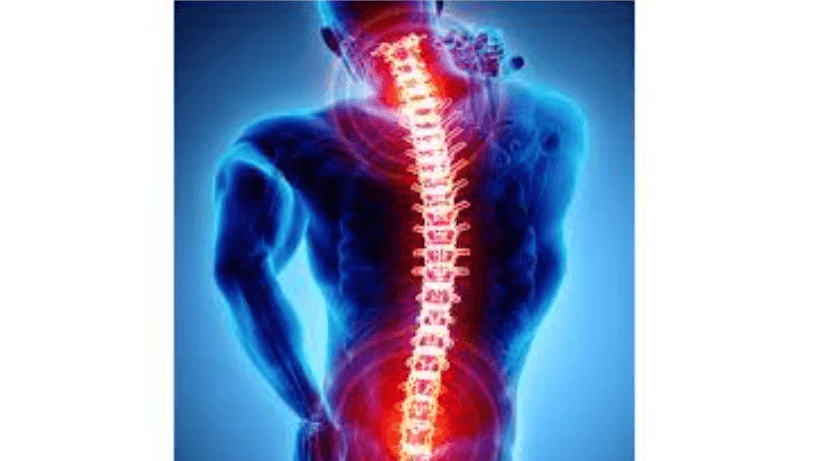
Types of Spine Surgeries and their Implications
Several questions haunt us regarding spine surgery, ranging from, whether
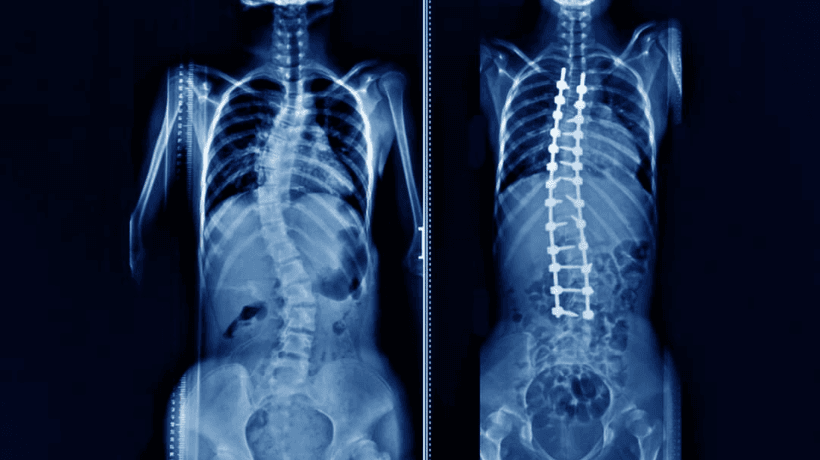
Best Scoliosis Treatment Hospitals In India
Scoliosis is a spine-related curvature that occurs during the growth





